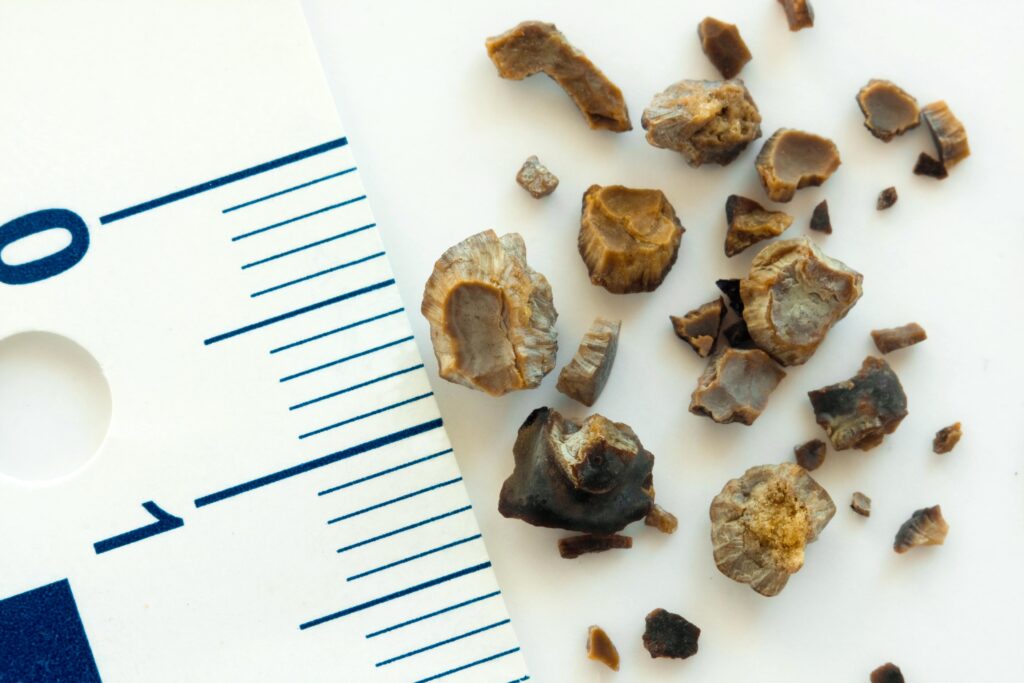As a nephrologist, one of the basic tests that I order is a urinalysis, as urine is made by the kidneys. But a urinalysis can also provide valuable insights into various diseases and health conditions.
Some of the conditions that can be diagnosed or monitored through a urinalysis include:
1. Urinary tract infection or UTI. The presence of bacteria, WBCS and nitrites in urine may indicate a UTI, along with symptoms, such as frequent urination, a burning sensation and cloudy or foul-smelling urine. If a urinalysis looks like a UTI but the patient has no symptoms, this is called asymptomatic bacteriuria, and usually no treatment is needed unless the patient is pregnant, has recently had a kidney transplant, or if a procedure or surgery will be done in the area of the urinary bladder.

2. Kidney stones. The presence of blood or crystals in urine may suggest the presence of kidney stones. Patients may also complain of back or groin pain, painful urination and difficulty in getting urine to come out. High levels of calcium, oxalate, or uric acid in the urine can contribute to the formation of these stones.

3. Diabetes. Elevated levels of glucose in urine (glucosuria) can be an early indicator of diabetes or poorly controlled diabetes. Medications that are used to treat diabetes and kidney disease can also cause glucose to appear in your urinalysis. These are called SGLT-2 inhibitors and their names end in “flozin,” such as dapagliflozin and empagliflozin. If you are taking any of these medications, seeing glucose in your urinalysis is expected and is not necessarily a sign of uncontrolled diabetes.
4. Kidney disease. The presence of protein in urine (proteinuria) can be a sign of kidney damage or disease. Other markers such as elevated creatinine and blood urea nitrogen (or BUN) levels in the blood may also indicate impaired kidney function.
5. Liver disease. Finding bilirubin or urobilinogen in the urine can indicate liver dysfunction or disease, such as hepatitis or cirrhosis.
6. Dehydration. Concentrated urine which can be a dark yellow color with a high specific gravity may indicate dehydration, while dilute urine with low specific gravity may suggest overhydration.
7. Urinary tract obstruction. A decrease in the amount of urine or the presence of red blood cells may indicate a blockage of the passage of urine, which can be caused by conditions like kidney stones or tumors.
To prepare for a urinalysis and to get a good specimen, you can follow these general guidelines:

1. Drink enough water before the test to ensure an adequate urine sample. However, avoid excessive hydration, which could dilute the urine and affect test results. About one to two glasses of water should suffice, and you can drink more if you are still thirsty. Yes, it is okay to drink water while fasting, as long as it’s just water, and no other food or drink.
2. Refrain from consuming substances that may affect the results, such as alcohol, caffeine and foods high in vitamin C, as they can alter urine color or composition.
3. Inform your healthcare provider about any medications, supplements or recent illnesses you may have, as they could impact the interpretation of the test results.
4. Use a clean, sterile container provided by your healthcare provider to collect the urine sample.
5. Wash your hands before and after collection. Ensure proper hygiene to prevent contamination.
6. Begin by gently cleaning the urinary opening. Start the collection by first urinating into the toilet. Then pass the container into your urine stream and urinate one to two ounces into the container (midstream collection). Finish urinating into the toilet.
7. Urine samples may need to be collected at specific times of the day, such as first-morning urine or a random sample. Follow your healthcare provider’s instructions regarding timing and how to deliver samples to the lab.
Remember, these are essentials to interpret urinalysis results in the context of an individual’s medical history and symptoms. Always discuss your results with your healthcare provider to get the correct diagnosis and proper treatment.
